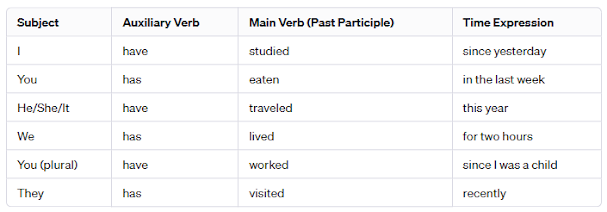Bilingualism refers to the ability of an individual to use two or more languages proficiently. While bilingualism offers numerous cognitive, cultural, and economic advantages, it can also lead to a phenomenon known as linguistic interference. Linguistic interference occurs when features of one language influence the production or comprehension of another language in a bilingual or multilingual individual. This influence can manifest in various linguistic aspects, including phonology, syntax, morphology, and vocabulary.
1. Phonological Interference:
Phonological interference
involves the influence of one language's sound patterns on the pronunciation of
another language. This can result in the transfer of accent, intonation, or
specific phonetic features from one language to another.
2. Syntactic Interference:
Syntactic
interference occurs when the sentence structure or grammar of one language
affects the construction of sentences in another language. Bilinguals may
transfer grammatical rules or word order from one language to another.
Example: In Malayalam, the word order is subject-object-verb (SOV), whereas English follows a subject-verb-object (SVO) structure. A bilingual speaker might construct English sentences with an SOV structure, saying, "I yesterday went to the market" instead of the typical English SVO order.
3. Morphological Interference:
Morphological
interference involves the impact of one language's word formation and
inflectional patterns on the morphology of another language. Bilinguals may use
affixes or word forms from one language inappropriately in the other language.
Example: Malayalam often uses
agglutination, adding prefixes or suffixes to a root word to convey meaning. A
bilingual speaker might inadvertently apply this morphological structure in
English, creating words like "unbelievability" instead of the
standard "unbelievable."
4. Lexical Interference:
Lexical
interference refers to the influence of one language's vocabulary on the choice
of words in another language. Bilinguals may use words from one language while
speaking the other language.
Example: Imagine a
Malayalam-English bilingual discussing technology. The Malayalam word for
computer is "കമ്പ്യൂട്ടർ" (kampyūṭṭar). The bilingual speaker might
use "കമ്പ്യൂട്ടർ" (kampyūṭṭar) instead of the English word
"computer."
Effects of Linguistic
Interference:
1. Positive Transfer: In some cases, linguistic interference can result
in positive transfer, where the bilingual's knowledge of one language aids in
the learning or use of another language. This can enhance vocabulary and
overall language proficiency.
2. Negative Transfer: On the other hand, negative transfer can lead to errors or misunderstandings. For instance, misapplication of grammatical rules or using vocabulary inappropriately might occur.
Managing Linguistic Interference:
- Awareness: Bilingual individuals can mitigate interference by being
aware of the linguistic structures and patterns that differ between their
languages.
- Language Maintenance: Regular practice in both languages, along with
exposure to diverse language contexts, can help maintain language boundaries
and reduce interference.
- Formal Education: Formal education in both languages can provide
explicit instruction on the differences between the languages, helping
individuals navigate potential interference issues.
